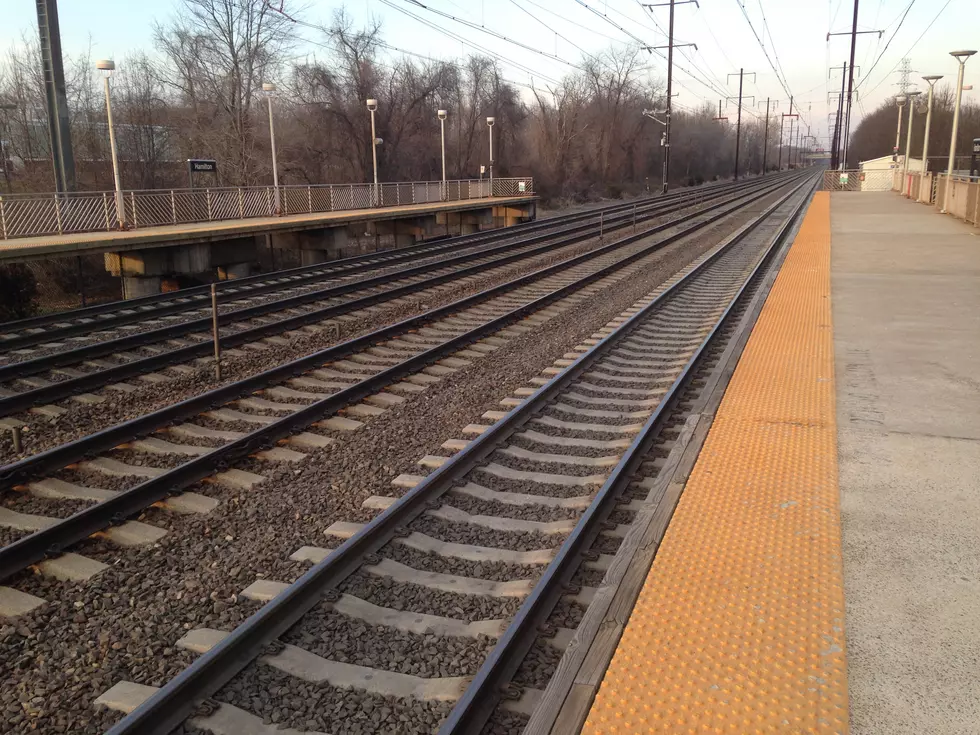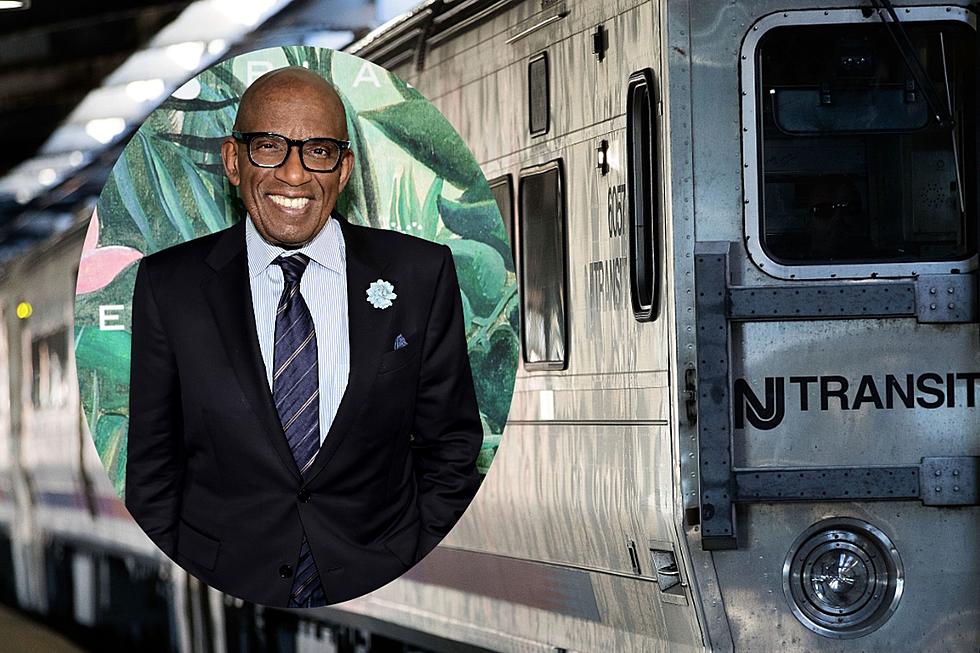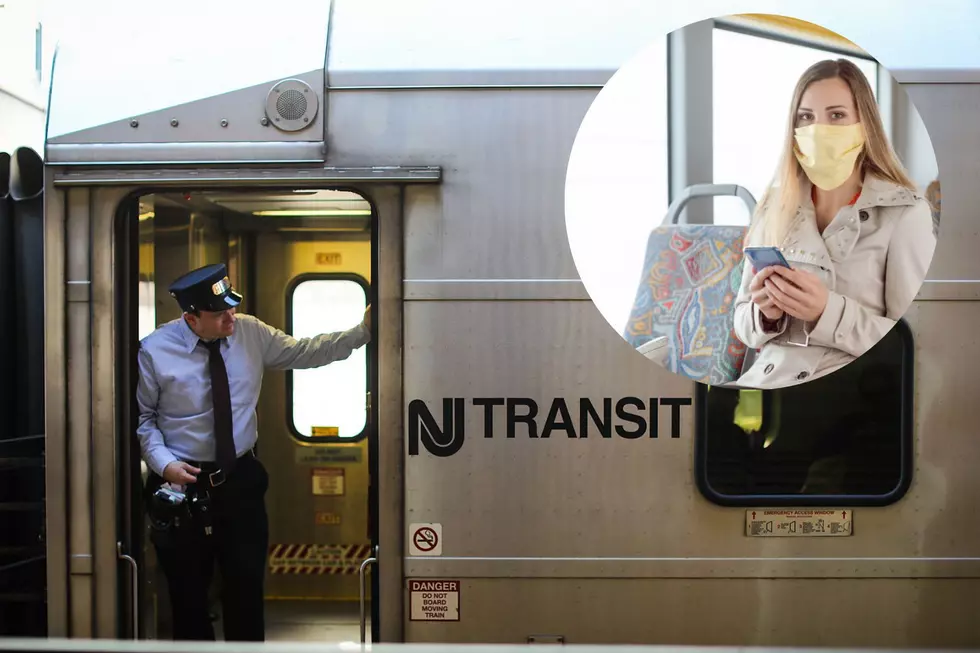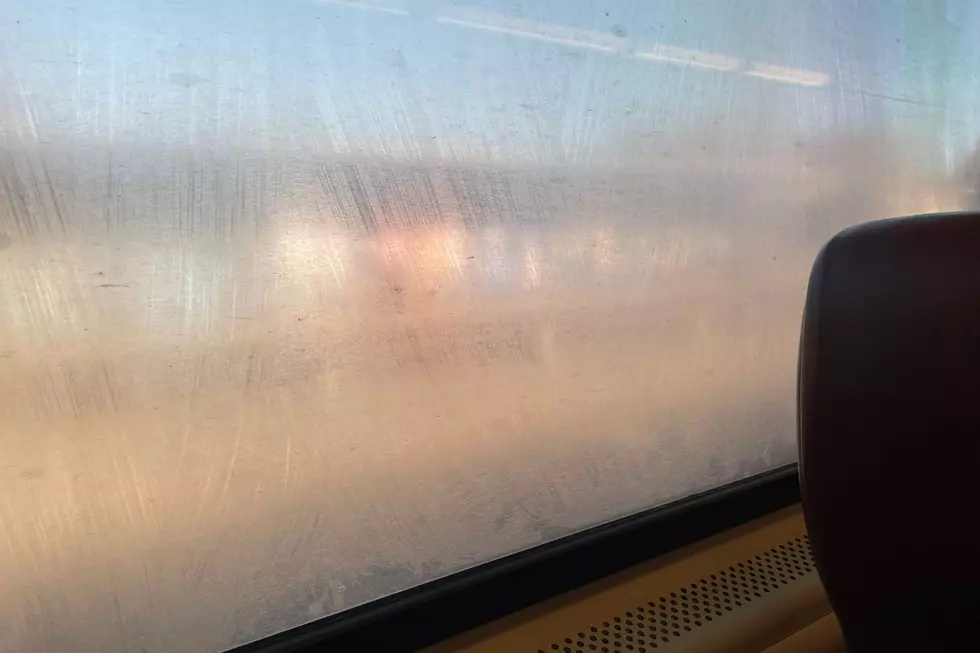
Report: NJ neighborhoods near transit stations see population boom
What a difference a few years make.
New Jersey neighborhoods that surround transit stations — rail, ferry and major bus terminals — experienced a dramatic turnaround in population growth once the Great Recession made its mark on the Garden State.
The striking pattern was uncovered in a special report from New Jersey Future, a nonprofit organization devoted, in part, to community redevelopment and transportation choices.
The report analyzed neighborhoods within a half-mile of 244 transit stations in New Jersey.
Between the years 2000 and 2007, the period leading up to the recession, transit station neighborhoods saw their population grow by just 0.2 percent, a far cry from the 4.1 percent growth experienced by the rest of the state.
But in the time since, through 2014, transit station neighborhoods as a group grew in population by 2.3 percent, outpacing the state's overall growth by nearly a full percentage point.
"The transit station neighborhoods' collective growth thus went from being less than 1/20 the rate of the rest of the state before the recession to being one-and-a-half times greater than the state's growth rate post-2008," the report stated. "Not only is population growth in transit-oriented neighborhoods no longer anemic, it's now actually outstripping the rest of the state. The significance of this change is hard to overstate."
Tim Evans, research director for New Jersey Future, said the findings may point to a renewed demand for a "live-work-play" environment.
"People want to live where they can walk to stuff, where they don't have to drive everywhere," Evans said.
The transit-adjacent population boom, he added, doesn't necessarily mean incoming residents are commuting to work by train or bus every day.
According to figures from NJ Transit, weekday rail passenger trips declined significantly between the fiscal years 2008 and 2011, but the number has been on a healthy incline over the past few years. The number of weekday trips in 2015 amounted to 316,950, much higher than the 302,000 trips recorded in 2008.
Evans noted the heightened growth around transit hubs is especially interesting because these neighborhoods are ones that have been established for decades and don't have an abundant amount of land to build on, making it harder for these areas to absorb new growth.
"The fact that demographics and economics point in that direction now means that we have to start thinking about: how do we create more of these kinds of places, or how do we find ways to accommodate more people in those types of places that already exist," Evans said.
More From New Jersey 101.5 FM









